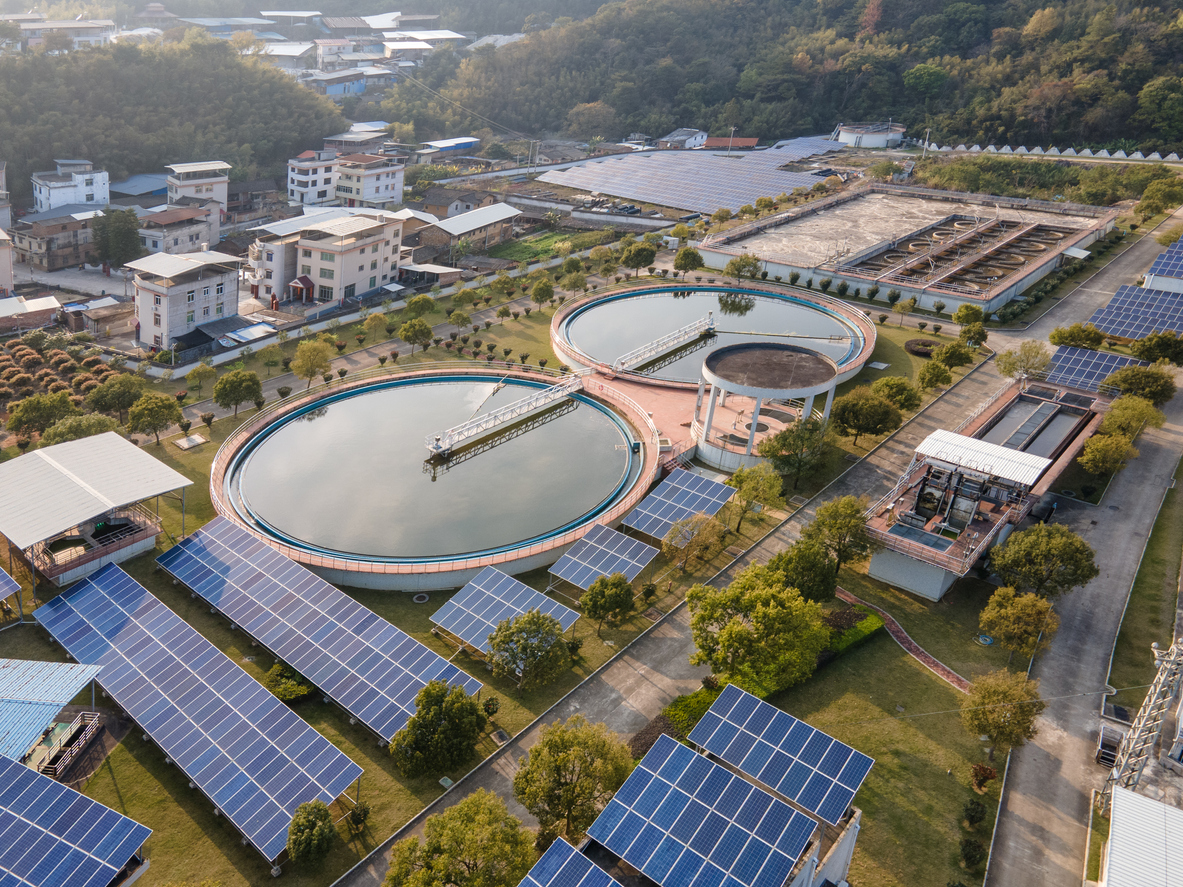
Blog
Turning the Tide on Opioid Overdoses: Opioid Settlement Funds and Wastewater Data

January 4, 2024
In 2021 and 2022, attorneys general in almost every state reached financial settlements to resolve opioid litigation, resulting in $56B settlement funds. These funds present an incredible opportunity for states to enhance prevention, treatment, and recovery efforts for opioid use, potentially marking a decisive shift in the battle against the opioid epidemic. While these settlement funds are substantial, they are not limitless. Our challenge lies in utilizing these resources judiciously to save as many lives as possible and effectively combat this ongoing wave of preventable deaths.
Guided by principles outlined by the Johns Hopkins Bloomberg School of Public Health, incorporating insights from over 30 medical, academic, public health, and advocacy organizations, the importance of “using evidence to guide spending” stands out as a crucial aspect of planning. Despite our understanding of overdoses, there are significant gaps in substance use monitoring data. Many states lack accurate, timely information on the prevalence of opioid use, especially at a sub-state level. Acquiring a foundational layer of data on community opioid use equips us with needed insights into program effectiveness, allowing for targeted interventions where they are needed most.
This data forms the foundation for crafting and implementing other recommendations. Without outcomes and cost data, it’s challenging to determine which intervention is most effective, feasible for local funding, and relevant to community needs. Settlement fund decision makers must draw from a variety of data sources, but the challenge lies in identifying the most relevant and reliable information.
Read the eBook | Turning the Tide on Opioid Overdoses:
Opioid Settlement Funds and Wastewater Data
Why Wastewater has Become a Crucial Data Source
Wastewater is emerging as a cost-effective and high-resolution tool for monitoring the opioid epidemic. It fills gaps in data on substance consumption, providing continuous insights into behavioral health. In our new eBook, we explore several of the benefits of that make wastewater data uniquely valuable, along with current and future applications for data-driven decision making, including:
- Equity: Unlike many sources, wastewater is unbiased by household income, race, or gender, ensuring equal representation.
- Population coverage: With 80% of American households and almost all public restrooms included, wastewater analysis offers insights into where substances are used.
- Privacy: Wastewater data, with no identifying information, ensures the anonymity of individuals’ substance use or treatment status.
- Cost-effectiveness: For a very low cost per person annually, wastewater monitoring offers comprehensive data on substance use rates.
- Real-time reporting: Unlike traditional sources, wastewater data can be processed and made public within days of substance use, enabling rapid intervention.
- Long-term availability: Wastewater aids in planning and forecasting trends, improving long-term prevention, treatment, and harm reduction efforts.
- Broad relevance: Wastewater data complements other sources like EMS calls, hospitalizations, and police responses.
- Immediacy: Wastewater monitoring provides data for real-time interventions in response to spikes in prevalence.
It is critical to evaluate spending allocation, particularly when it comes to comparing data sources with other interventions. When it came to doing just that, evaluating wastewater data against existing overdose sources, Marin County employed a framework considering timeliness, population coverage, accuracy/standardization, and substance specificity. Wastewater emerged as an invaluable tool, resembling an immediate, comprehensive survey with 100% participation and truthful responses. It addresses populations often overlooked by traditional monitoring, ensuring inclusivity without compromising anonymity.
The influx of funds into communities can be overwhelming. Establishing data sources, reporting frameworks, and data infrastructure early on fosters transparency in fund utilization and program support, building community trust in interventions. A robust data collection, monitoring, and evaluation framework enables iterative spending based on outcomes, following a “Plan-Do-Study-Act” cycle, empowering regions to efficiently target and expand programs serving the community.
Learn more about opioid settlement funds and wastewater data in our recent webinar |
Unlocking Timely Solutions and Program Impact: Wastewater Data and Opioid Settlement Funds





